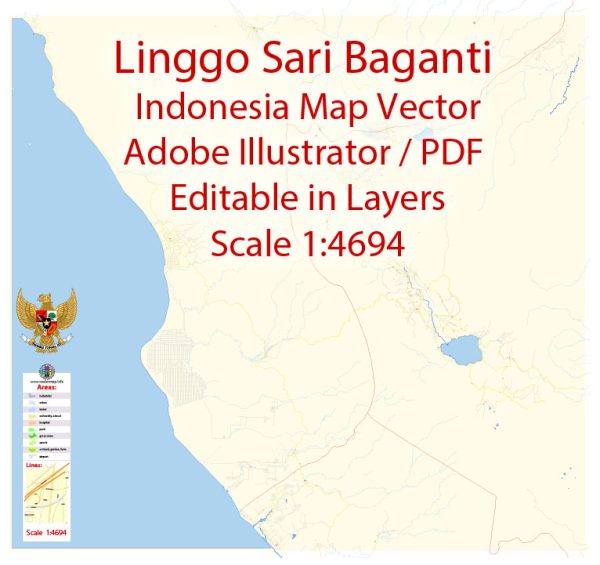General overview of the history of urban development in Indonesia.
Overview of Urban Development in Indonesia:
- Colonial Period (Dutch East Indies): During the colonial period, the Dutch East Indies developed urban centers primarily for administrative and economic purposes. Cities like Jakarta (then Batavia), Surabaya, and Bandung saw infrastructure development and architectural influences from the Dutch.
- Post-Independence Period: After gaining independence in 1945, Indonesia faced the challenge of nation-building. Urbanization increased as people moved from rural areas to cities in search of employment and opportunities. Jakarta became the capital, and efforts were made to modernize and develop urban areas.
- Rapid Urbanization: In the latter half of the 20th century, Indonesia experienced rapid urbanization, leading to the growth of major cities. Jakarta, in particular, faced challenges such as traffic congestion, inadequate infrastructure, and informal settlements.
- Economic Growth and Urban Expansion: Indonesia’s economic growth in the late 20th and early 21st centuries contributed to further urban development. Cities expanded, and infrastructure projects aimed at improving transportation, housing, and public services were initiated.
- Challenges of Urbanization: Despite the economic growth, urbanization posed challenges such as unequal development, environmental degradation, and social issues. Informal settlements (kampungs) became common in major cities, highlighting the need for inclusive and sustainable urban planning.
- Government Initiatives: The Indonesian government implemented various initiatives to address urban challenges. These included infrastructure projects, housing programs, and efforts to improve public services. Sustainable development goals became a focus to balance economic growth with environmental and social considerations.


 Author: Kirill Shrayber, Ph.D.
Author: Kirill Shrayber, Ph.D.